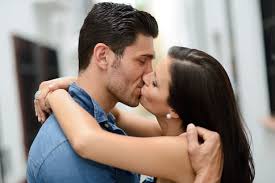Why a traditional wedding cake always has three tiers and not four
Diving into the cake before the bride and groom have cut it is not okay A wedding isn’t really a wedding without a cake. And while some favour more original ideas, a fair few still opt for the traditional tiered fancy, covered in white icing and topped with flowers and figurines. But while you might have thought the tiers on a wedding cake are purely aesthetic, each holds significance – and there’s a reason a true, authentic bake always comes with three. You might be aware, but the traditions of old dictate that the bottom tier is for eating after the ceremony. The bride and groom slice into it, and a long queue forms. You don’t have to have three tiers… The top tier is saved for the first child’s christening. Back in the day, this was often an event that followed soon after the big day. The bottom tier, meanwhile, is for eating at the ceremony. These days, people sometimes distribute the middle tier after the event as a thank you to guests. But many still follow tradition and...

